Yosemite Valley: 1st Time Visitor Guide
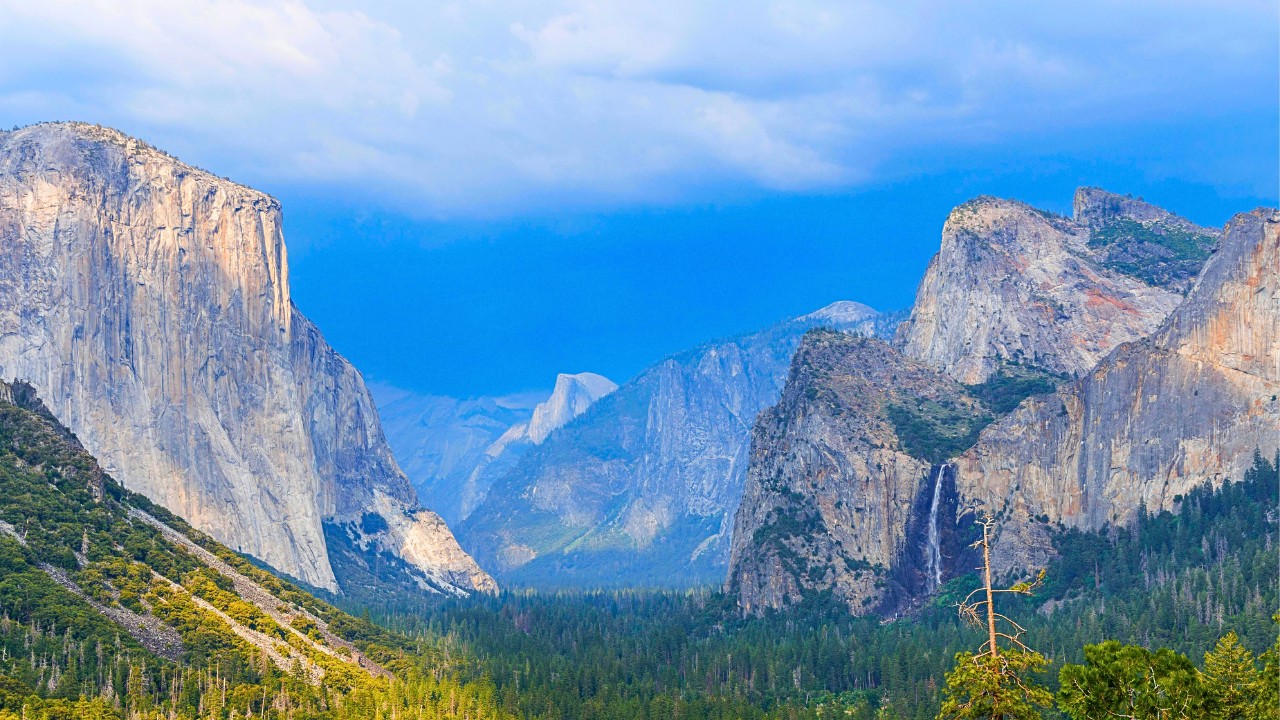
Yosemite Valley is the heart of Yosemite National Park, and for good reason. This is literally where everyone who is a first time visitor has to go to if you want to experience the best views and parts of the park! Towering granite cliffs, cascading waterfalls, wildflower-filled meadows, and awe-inspiring views make this one of the most iconic natural destinations in the world. If it’s your first time visiting Yosemite Valley, prepare to be amazed. This guide covers everything you need to know to explore this legendary part of California’s Sierra Nevada mountains.
Overview
Yosemite Valley stretches approximately 7.5 miles long and less than a mile wide, carved by glaciers and framed by towering peaks like El Capitan and Half Dome. It’s home to most of Yosemite National Park’s most famous landmarks, including Yosemite Falls, Bridalveil Fall, and Glacier Point. Whether you’re in for scenic drives or rugged hikes, Yosemite Valley offers something unforgettable for every type of traveler.
- Location: Yosemite National Park, California
- Entrance Fee: $35 per vehicle (valid for 7 days)
- Popular For: Waterfalls, granite cliffs, hiking, rock climbing, and photography
Photos
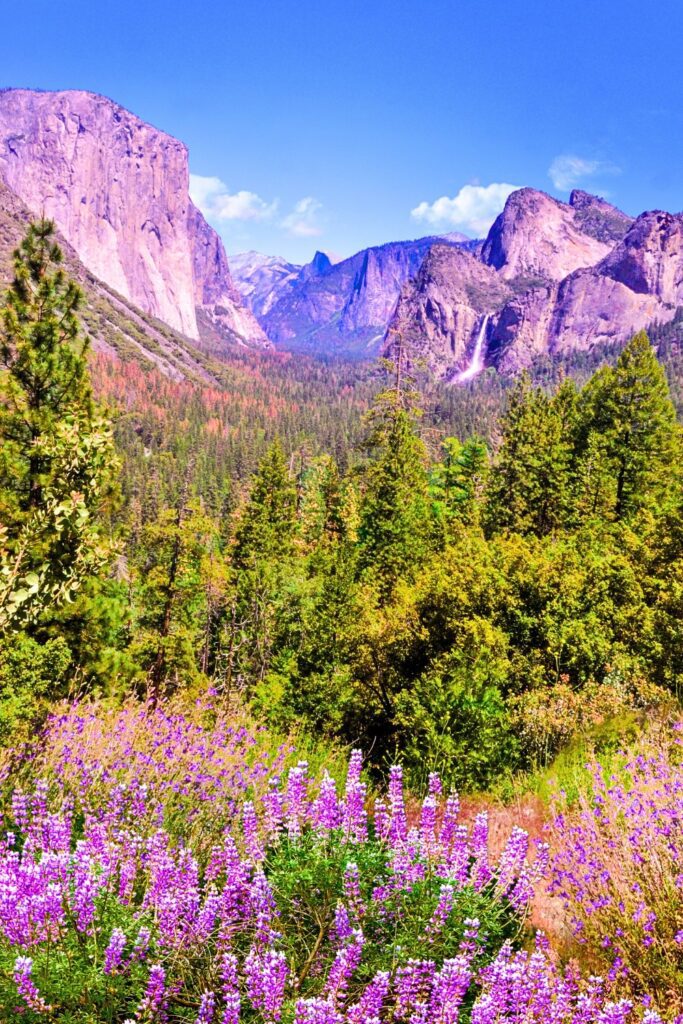
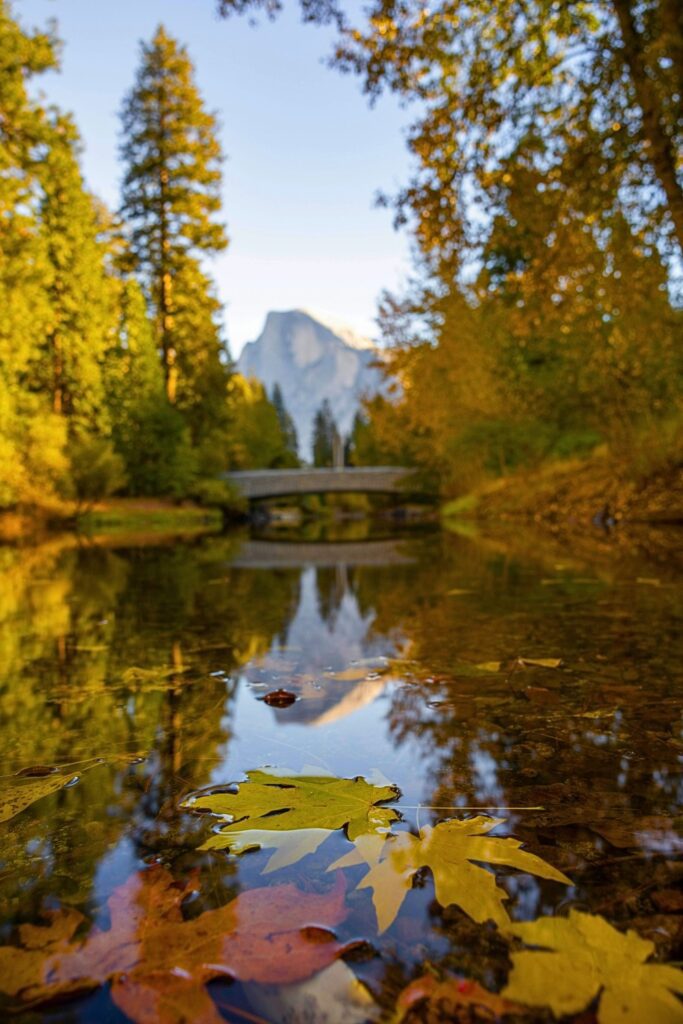
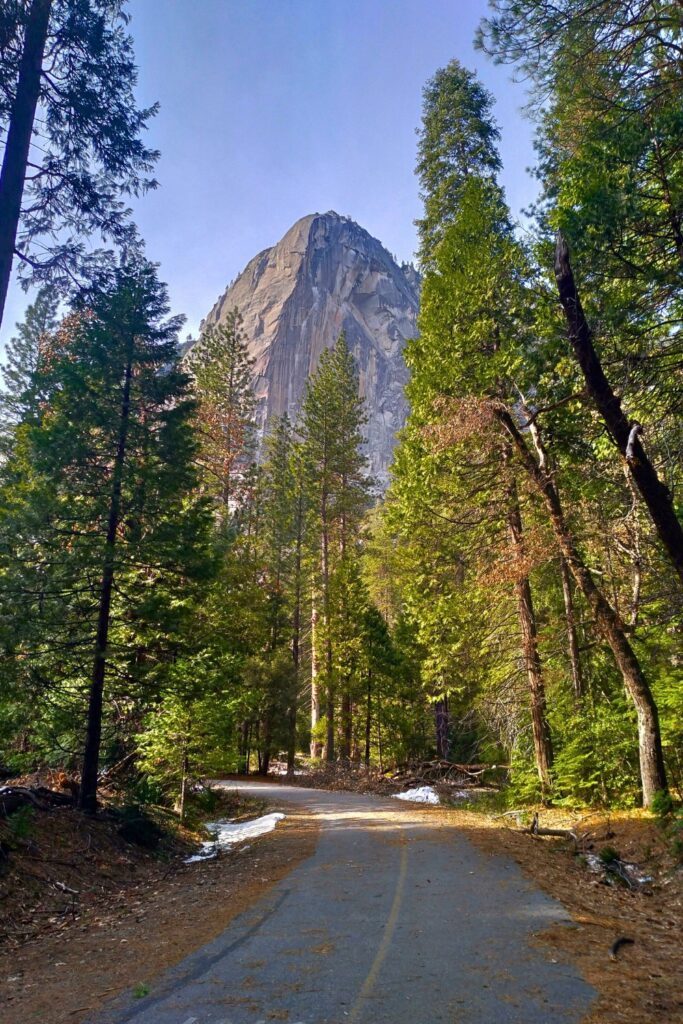
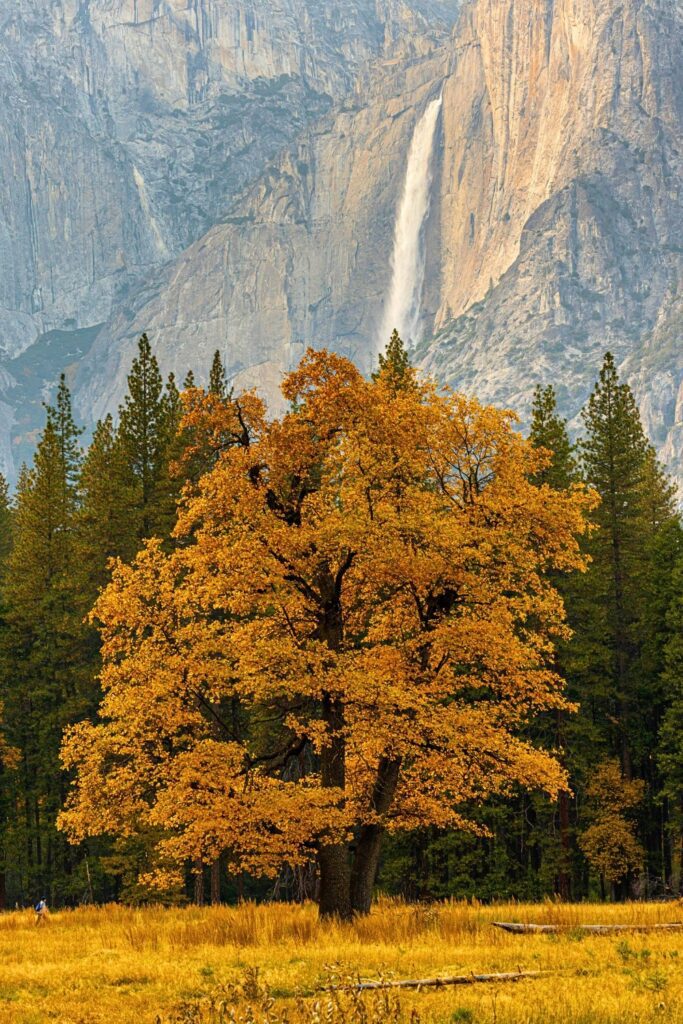
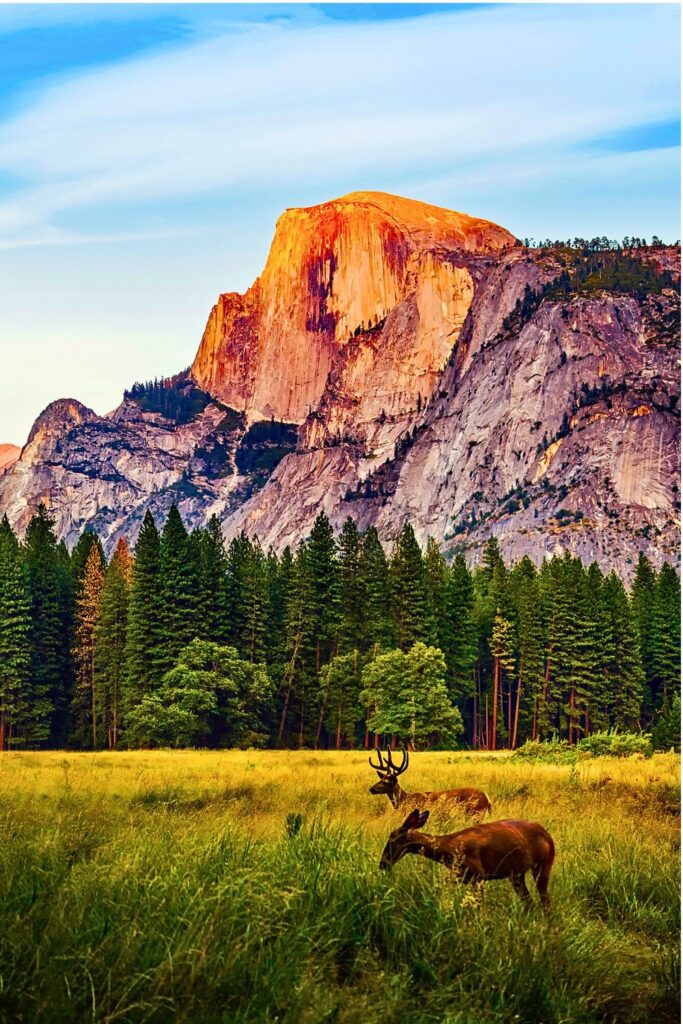
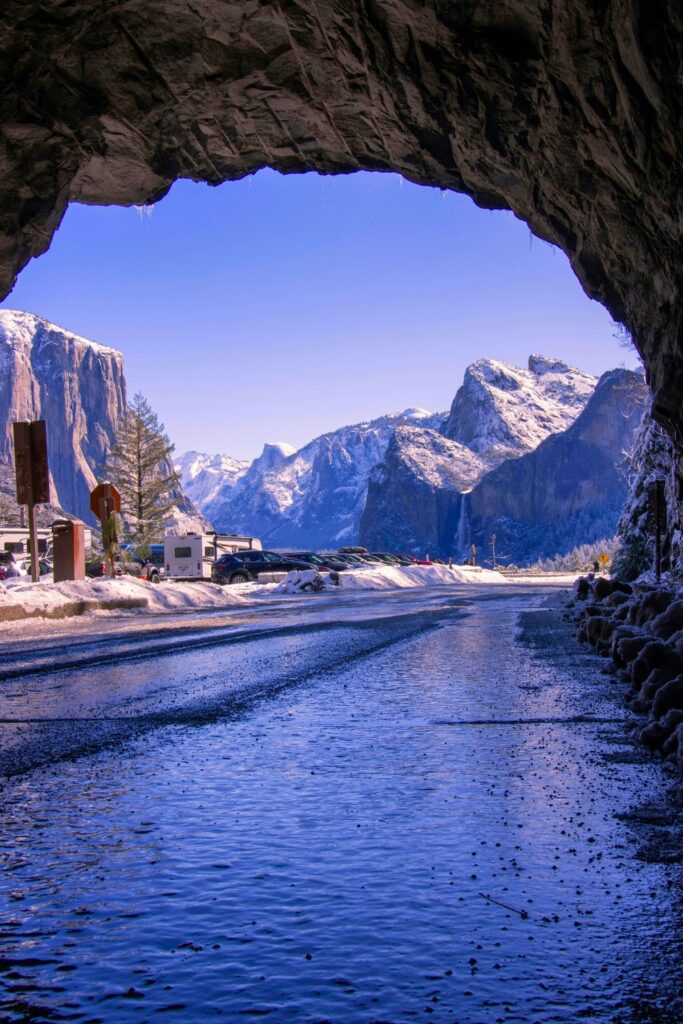
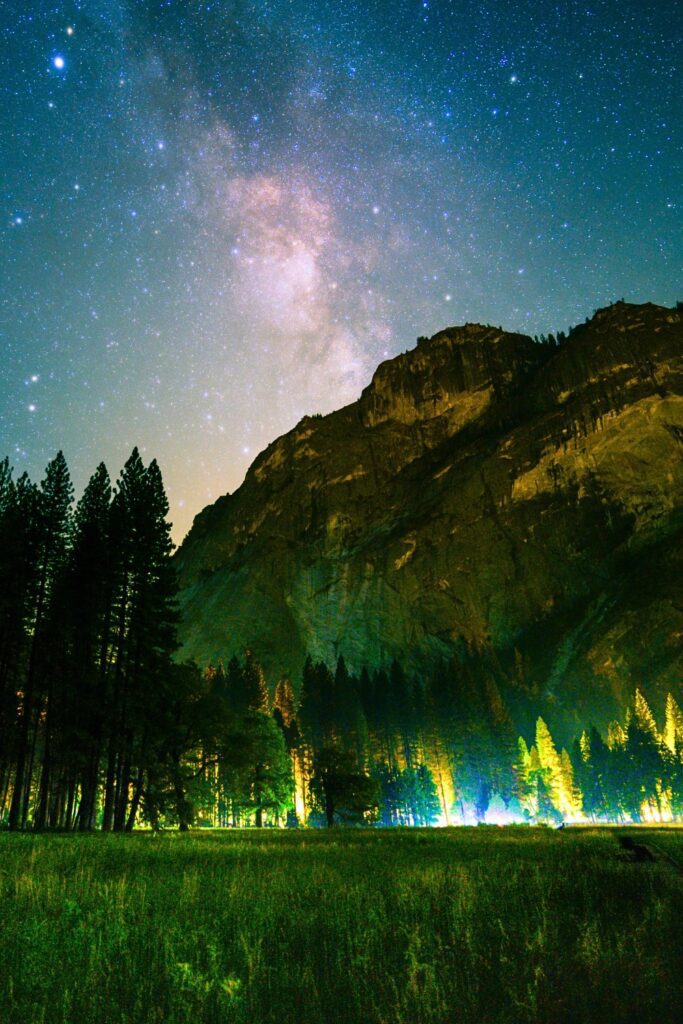
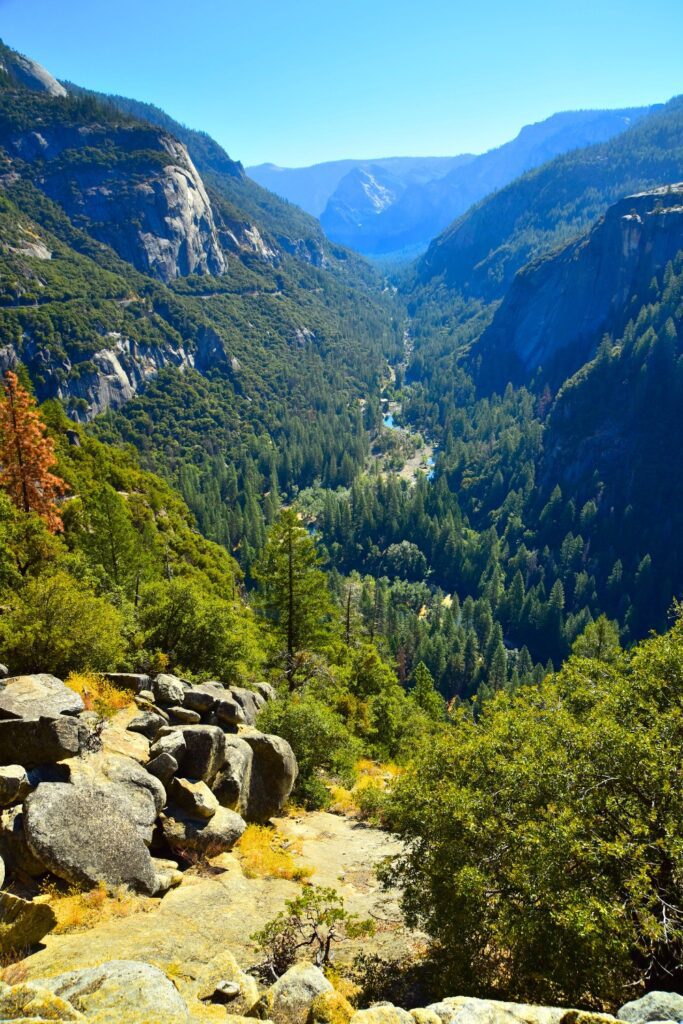


How to Get There
By Car:
- From San Francisco: 4 hours (195 miles via CA-120 E or CA-140 E)
- From Los Angeles: 6 hours (310 miles via CA-99 N and CA-41 N)
- From Fresno: 2.5 hours (95 miles via CA-41 N)
By Public Transit:
- Amtrak and YARTS (Yosemite Area Regional Transportation System) provide bus service into Yosemite Valley from Merced, Fresno, and Mammoth Lakes.
Park Entrances Closest to the Valley:
- Arch Rock Entrance (via CA-140)
- South Entrance (via CA-41)
Plan a Trip
Best Times to Visit
- Spring (April–June): Best for waterfalls at peak flow
- Summer (July–September): Ideal weather but expect crowds
- Fall (October–November): Quieter with colorful foliage
- Winter (December–March): Magical snow-covered landscapes, limited access to some trails and roads
10 Best Things to Do in Yosemite Valley
- See Yosemite Falls – One of the tallest waterfalls in North America (1,000 feet high)
- Take in the View at Tunnel View – The most iconic photo spot in the park!
- Explore Yosemite Village – Museums, visitor center, gift shops, and local eats
- Walk the Valley Loop Trail – Flat scenic trail passing most of the valley’s major landmarks
- Picnic at Sentinel Meadow – Relax with views of Yosemite Falls and Half Dome
- Rent a Bike – Explore the valley floor on over 12 miles of bike paths
- Watch Rock Climbers on El Capitan – Especially from El Capitan Meadow
- Ride the Free Shuttle – Stops at all major trailheads and points of interest
- Visit Bridalveil Fall – A short, easy hike to a beautiful 620-foot fall (this is also where the famous Firefall Yosemite takes places every February)
- Catch Sunset at Glacier Point (seasonal access) – One of the best panoramic views in the park
- Bonus: See top visitor recommendations
Best Hikes in Yosemite Valley (Beginner to Advanced)
- Beginner:
- Lower Yosemite Falls Trail (1 mile roundtrip) – Easy walk to the base of the falls
- Cook’s Meadow Loop (1 mile roundtrip) – Great for photography and views of Half Dome
- Intermediate:
- Mirror Lake Trail (2–5 miles roundtrip) – Quiet, scenic trail with views of Tenaya Canyon
- Vernal Fall Footbridge via Mist Trail (1.6 miles roundtrip) – A wet but rewarding climb to a footbridge viewpoint
- Advanced:
- Mist Trail to Nevada Fall (5.4 miles roundtrip) – One of Yosemite’s signature hikes with constant mist and epic views
- Four-Mile Trail to Glacier Point (9.6 miles roundtrip) – Challenging switchbacks leading to panoramic valley views
- Half Dome via Cables Route (14–16 miles roundtrip) – Permit required; strenuous and exposed, but bucket-list worthy
- See more hikes in Yosemite
Packing List
- Sturdy hiking shoes or boots
- Refillable water bottle or hydration pack
- Trail snacks and picnic supplies
- Layers (mornings are cool even in summer)
- Sunscreen and sunglasses
- Daypack
- Trekking poles (recommended for longer hikes)
- Rain jacket or poncho (especially in spring)
- Camera or smartphone with extra battery
- National Park Pass or entrance fee receipt
Where to Stay
Things to Know Before You Go
- Reservations May Be Required: During peak months, a reservation system may be in place for park entry
- Wildlife is Wild: Keep your distance from bears and deer; use bear lockers for all food and scented items
- Arrive Early: Parking fills up fast in summer, especially between 9 a.m. and 4 p.m.
- Cell Service: Limited in many parts of the valley
- Altitude: The valley floor sits around 4,000 ft above sea level, pace yourself if you’re not used to the elevation
- Pets: Allowed only in designated areas (not on most trails)
Similar Sights
Final Thoughts
Yosemite Valley is one of those rare places where no photo can truly do it justice until you go there yourself and I say this from personal experience. This is the heart of Yosemite National Park and where you likely see some of the best photos of the park online. Whether you’re standing beneath a roaring waterfall or hiking to a granite overlook, the experience is nothing short of unforgettable. If this is your first visit, give yourself at least two full days to truly soak it all in and know that one trip will never feel like enough.

